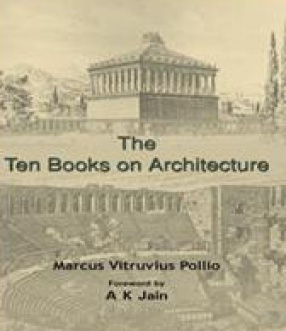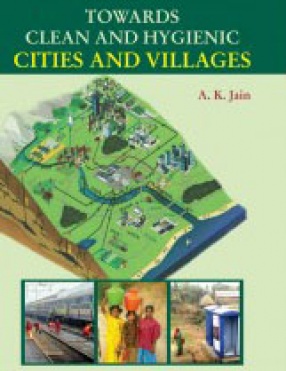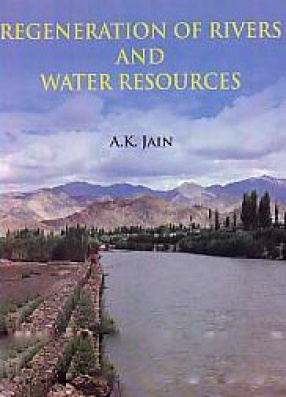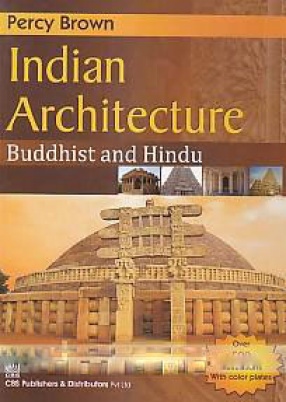These books demonstrate the role of architecture in development of technology. Vitruvius described many machines, which were developed for engineering structures such as hoists, cranes and pulleys, catapults, ballistae, and siege engines. He also describes the construction of sundials and water clocks, and the use of an aeolipile (the first steam engine) as an experiment to demonstrate the nature of atmospheric air movements (wind).
It covers wide ranging topics- from architectural education, and the development of humanity, to temple design and building typology, construction methods and materials, climatic effects and acoustics, aqueducts and waterworks, astronomy and sun dials, defense apparatus and other machinery. Architectural principles have been explained by design examples and drawings. He formulated the basic principles of city planning, including the selection of site, its orientation, topography and health aspects of ground, besides its military necessities. Street layout to the direction of the winds emerged as an important fact of planning.
Undoubtedly the value of this treatise in understanding the classical ideals of architecture, materials of construction and technology cannot be overemphasized.
ABOUT THE AUTHOR A K Jain
A.K. Jain, an architect-town planner, is on the Advisory Board of the UN Habitat and is a fellow of the Eastern Asia Region Organisation for Planning and Housing (EAROPH), International Society of City and Regional Planners (ISoCaRP), Indian Institute of Architects, Institutes of Town Planners, and the Indian Buildings Congress. Also, he is on the Editorial Board of the International Journal of Environmental Studies (UK). As Commissioner he worked on the Master Plan for Delhi-2021, National Urban Housing Policy (2007) and National Transport Policy (2006) and several other planning, housing and infrastructure projects. Mr. Jain is a visiting faculty at Delhi School of Planning and Architecture.
ABOUT THE AUTHOR Marcus Vitruvius Pollio
Marcus Vitruvius Pollio (born c. 80–70 BC, died after c. 15 BC), commonly known as Vitruvius, was a Roman author, architect, and engineer during the 1st century BC.
Vitruvius asserts that a structure must exhibit the three qualities of that is, it must be solid, useful, and beautiful. He describes many construction materials used for a variety of different structures, as well finishing materials such as stucco painting, lime, plaster, etc. as well as the innovations in building design to improve the living conditions of the inhabitants.








There are no reviews yet.